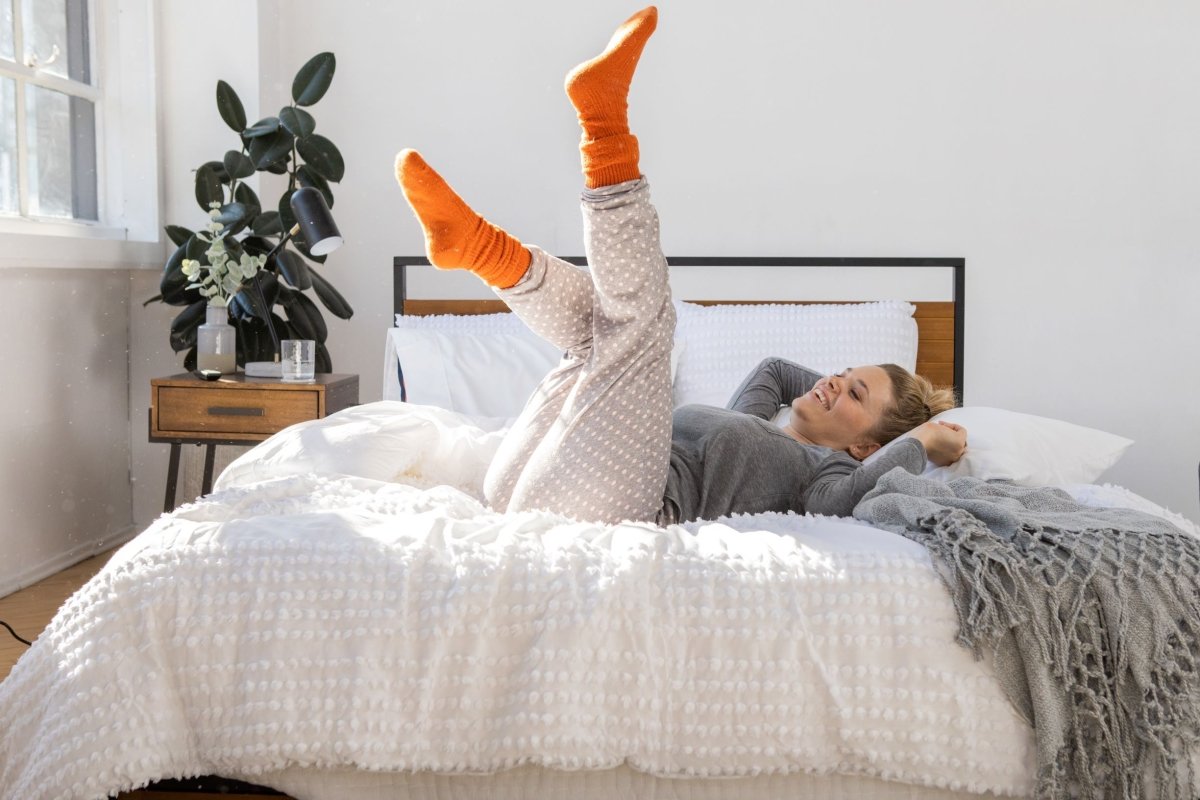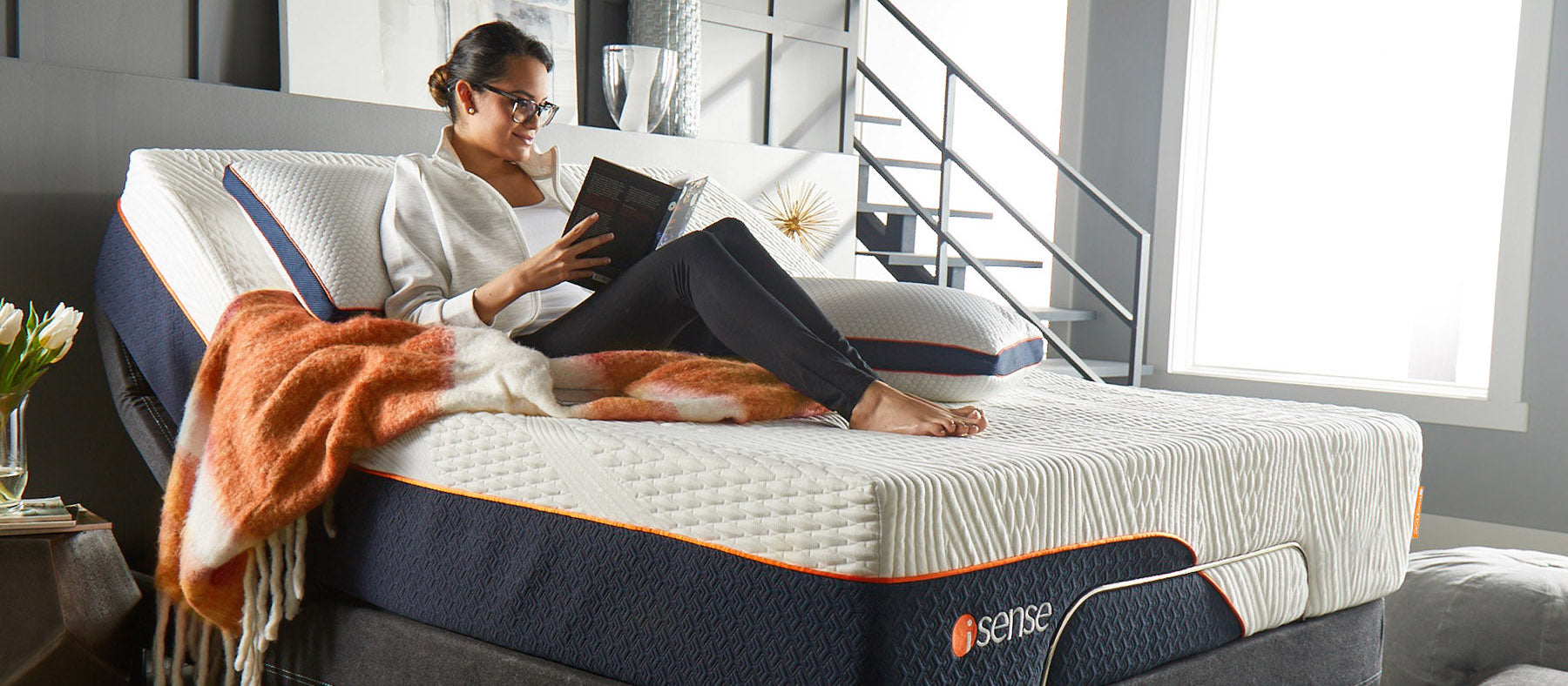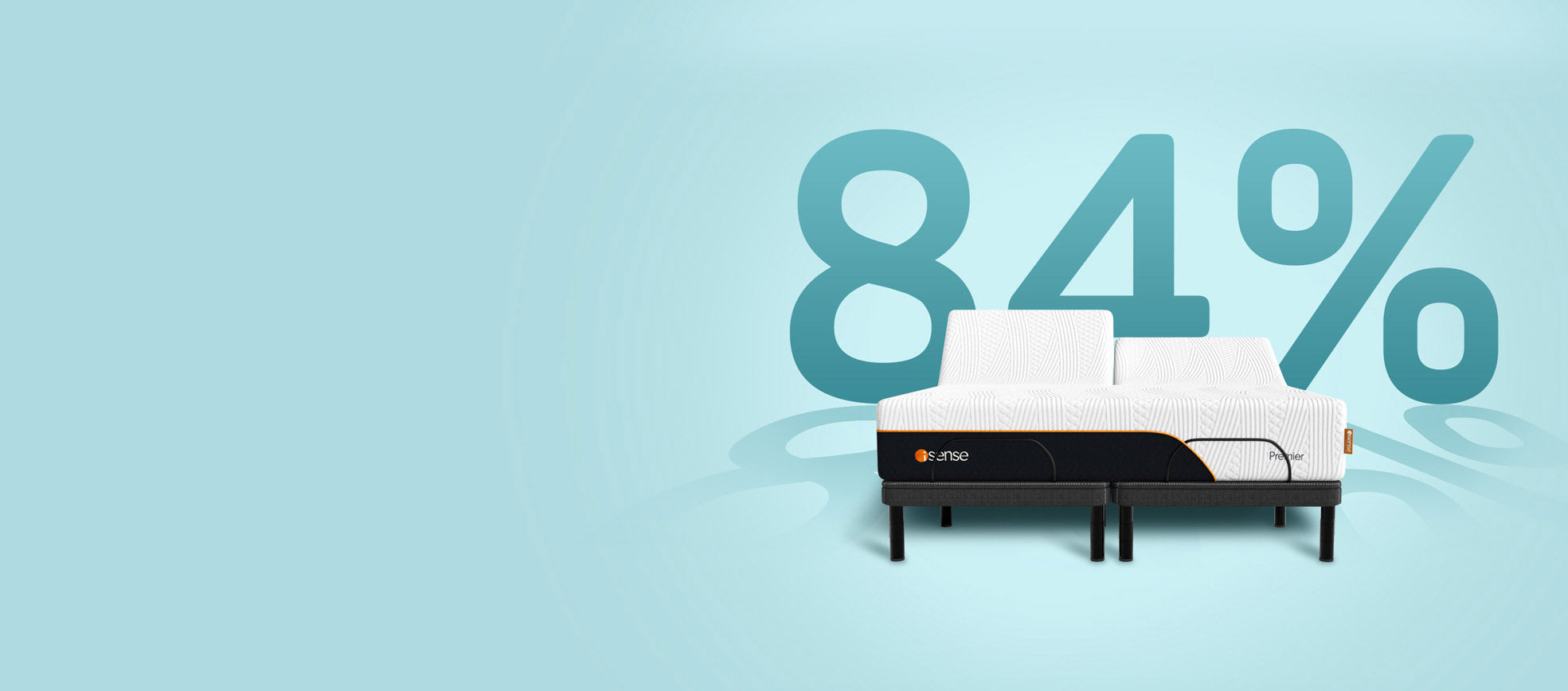Your work schedule can have a big impact on your sleep quality, and it can affect your partner’s sleep, too. While many couples would love to have similar work schedules for several reasons, that’s not always feasible. Shift work or rotating shifts is common in many professional fields, including healthcare, hospitality and manufacturing. These hours are generally scheduled outside average business hours and can be unpredictable or varied. If this sounds like your lifestyle, you might experience the impact of shift work sleep disorder (SWSD), including insomnia, difficulty concentrating at home and work and many other sleep-disrupting symptoms.
Depending on your career field and other obligations and priorities, the benefits of working unconventional hours might outweigh minor inconveniences. However, your health and safety could be at risk if you don’t know how to deal with shift work sleep disorder over time. Fortunately, you can improve your sleep habits without having to give up your job. Plus, better rest means more quality time with your partner—win, win!
Who Is at Risk for Shift Work Sleep Disorder?
Shift work is the backbone of many career paths from baristas and bartenders to hotel managers and surgeons. Rotating shift workers are often the people who keep communities safe, healthy and on the move. You may be a firefighter, an ER nurse, an executive chef or a line worker who repairs power outages while the majority of Americans are fast asleep.
Gone untreated, shift work disorder can lead to long-term health risks, including heart disease, weakened immunity and workplace injuries. Not everyone who works unconventional shifts experiences SWSD, however, it is important to remember that different people are affected by shift work in different ways, and it is strongly advised that those who experience sleep problems get help, advice, and proper treatment or diagnosis from a sleep medicine specialist. It's very preventable when you know how to identify the early signs:
- Irritability and mood swings
- Excessive sleepiness while awake
- Insomnia or trouble staying asleep
- Fatigue and sluggishness
- Headaches
- Trouble concentrating
- Impaired motor skills.
Sleeping During the Day and Other Ways to Deal with SWSD
If the early symptoms of shift work sleep disorder remind you of sleep deprivation, that’s because the average night shift workers and individuals with SWSD gets 1-4 hours of sleep less than non-shift workers. One of the best ways to reduce your risks associated with SWSD and other circadian rhythm sleep disorders is to invest in healthy sleep habits. When you share your sleep space as a couple, both partners need to be on board, and both of you will reap the benefits. Add these five tips on how to deal with shift work sleep disorder to your toolbox.
- Prioritize Sleeping During the Day
Whether you start your day at 4 a.m. or work the graveyard shift, it’s tempting to take advantage of daylight hours for socializing and running errands. That’s very convenient…as long as you’re getting the sleep you need to maintain your physical and mental health. This often means prioritizing sleeping during the day. After a full shift, wind down with relaxing bedtime habits like a warm shower and meditation, regardless of which time slot you’re working. Ask your partner and other family members to support your sleep needs by keeping noises low and not scheduling activities in the home during the hours when you need to rest. Creating a restful sleep environment free from electronic devices and disruptions will help you sleep soundly any time of day.
- Adjust the Lighting
Lighting plays a significant role in our body’s ability to regulate sleep cycles. It can tell you when it’s time to wind down or wake up, and certain types of light can make insomnia even worse. Let’s decode how to adjust light for sleeping during the day and other unconventional hours.
- Use blackout curtains or shutters on your windows if you sleep during daylight hours. Close them before you go to work—or ask your partner to close them when they leave for the day—to signal to your body that it’s “night time.”
- Avoid electronic devices that emit blue light. It’s very tempting to come home and check your phone or turn on the TV to drown out noises outside your bedroom. But blue light can actually disrupt REM cycles and prevent you from getting deep, restorative sleep.
- Try light therapy before heading to an overnight shift. You don’t want to encounter bright, artificial lights when it’s time to sleep, but they can help you feel more awake when you need to work. Sleep experts at UCLA suggest using light boxes to expose your eyes to several minutes of safe levels of bright light each day. For a more subtle approach, consider an alarm clock that simulates the sunrise and sunset by gradually getting brighter when you need to wake up and dimming when it’s time to go to sleep.
- Eat Well and Stay Active
Shift work and snacking tend to go hand in hand. If you’re always on call as nurse, firefighter or hotel professional, you might have to give up your meal breaks or eat on the go. Plan ahead and pack balanced, portable meals you can eat throughout your shift and try to establish regular habits as much as possible. Fresh fruits and vegetables supply essential sleep-boosting nutrients like potassium, calcium and serotonin, and they are easy to eat as a snack. Plus, bringing your own food to work is much more affordable than eating from a vending machine or ordering delivery every day.
Some shift jobs are very active, while others plant you behind and desk or counter for several hours at a time. Take even short opportunities to move your muscles whenever you can. Even a few brisk walks around the office can improve your ability to sleep and reduce stress.
- Transition Between Major Schedule Changes
If you have access to your shift work schedules in advance, transition between major changes gradually. It’s unlikely that you’ll have to work radically different shifts from one day to the next. If you have a few days between your night shift and day shift (or vice versa), go to bed a couple of hours later each day to help your body adjust. You’ll feel more energized and less like you’re pulling an all-nighter. And if you don’t have much notice or time to transition, take up to a 90-minute nap before getting ready for work. Even a 20-minute “power nap” can give you the clarity you need to focus and prevent some of the hazards associated with shift work sleep disorder.
- Go to Bed Together When You Can
Syncing your sleep schedule with your partner might not be possible every night, but it’s worth putting in the effort as often as possible. Going to bed at the same time gives you and your partner more time for emotional and physical intimacy and it can even improve your mood when you wake up. Plus, cuddling and “pillow talk” produces oxytocin, a hormone that builds trust and a sense of wellbeing between partners. The benefits come full circle, as couples with more satisfying and secure relationships tend to report better sleep quality, too.
Shift work schedule can be physically strenuous and require you to make compromises as a couple, but you do not have to compromise your comfort when you share a bed. If you have different sleep needs—like most couples—choose an adjustable mattress, like the isense Revive – Hybrid Premier mattress that lets you both experience your best night’s (or day’s) sleep together.
Working outside the 9-to-5 day doesn’t have to affect your health or your relationship negatively. With an adjustable bed that supports your demanding lifestyle and a partner who understands your unique schedule, preventing and treating shift work sleep disorder is within your reach.



















